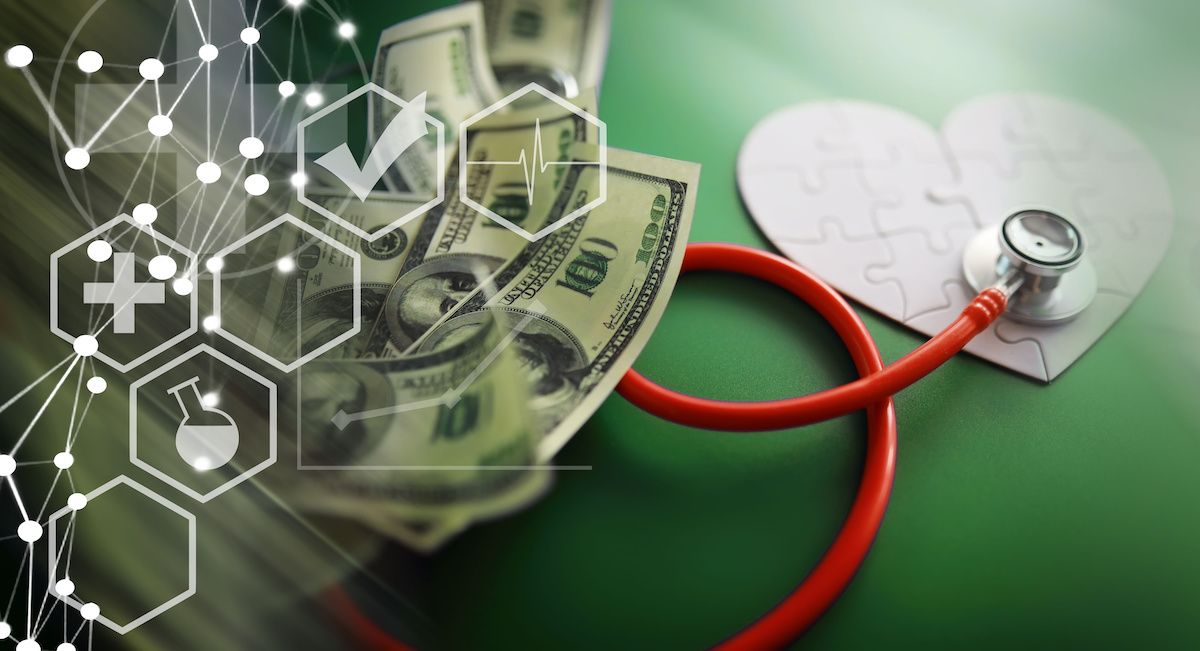- Bone Health
- Immunology
- Hematology
- Respiratory
- Dermatology
- Diabetes
- Gastroenterology
- Neurology
- Oncology
- Ophthalmology
- Rare Disease
- Rheumatology
Sandoz, STADA, and Samsung Bioepis Report Strong Earnings From Biosimilars
Leading biosimilar companies Sandoz, STADA Arzneimittel, and Samsung Bioepis report impressive Q1 2025 growth, driven by strong denosumab biosimilars and expanding portfolios.
In the first quarter of 2025, leading biosimilar developers Sandoz, STADA, and Samsung Bioepis each reported strong financial results fueled by robust biosimilar performance. The collective momentum underscores the accelerating commercial success and profitability of biosimilars globally, particularly in immunology and oncology, positioning these companies for continuous growth through expanded portfolios and new product launches.
Leading biosimilar companies Sandoz, STADA Arzneimittel, and Samsung Bioepis report impressive Q1 2025 growth, driven by strong denosumab biosimilars and expanding portfolios. | Image credit: alexkich - stock.adobe.com

Sandoz Q1 2025 Growth and Tariff Impacts
Sandoz reported Q1 2025 net sales of $2.48 billion, with a 5% gain on a comparable growth basis.1 Biosimilars were a major growth engine, generating $671 million in sales, a jump of 11% (14% compound annual growth rate). These products now make up 27% of total revenue, up from 25% the year prior.
Key biosimilar performers included Hyrimoz (adalimumab) and Pyzchiva (ustekinumab) in Europe, and Omnitrope (somatropin) in international markets. Despite the Cimerli (ranibizumab) withdrawal affecting North America figures, adjusted biosimilar sales in that region still rose. The company expects more momentum in the second half of 2025, with anticipated launches of Tyruko (natalizumab) and Afqlir (aflibercept). Additionally, Wyost/Jubbonti (denosumab biosimilars) launched in the US last week, spelling potential success for the rest of the year.2
Generics remained stable, representing 73% of total sales. European sales grew 7%, while international markets declined slightly due to the China business divestment. North America posted modest gains, helped by the launch of paclitaxel.
Sandoz confirmed its full-year forecast of mid single-digit net sales growth and a core earnings before interest, taxes, depreciation, and amortization (EBITDA) margin of around 21%. Recent US tariffs on Chinese and Canadian imports have been factored into projections, and the company emphasized confidence in managing these trade headwinds while continuing to expand access to affordable medicines.
STADA Arzneimittel in Q1 2025
STADA kicked off 2025 with solid results, reporting a 4% increase in revenue and a 5% rise in adjusted constant-currency EBITDA—marking a new quarterly record.3 Despite external challenges, the company continued to grow faster than the market, holding its position among the top players in Europe’s Consumer Healthcare and Generics sectors.
The standout performer this quarter was STADA’s Specialty segment, which saw a 22% jump in revenue. Much of this growth came from biosimilars, especially its ustekinumab, along with Oyavas (bevacizumab) and Hukyndra (adalimumab). These products helped drive momentum and showed the strength of STADA’s long-standing experience in the biosimilars space. The company also pointed to a promising pipeline, with biosimilars like denosumab, golimumab, and aflibercept under regulatory review.
Consumer Healthcare remained steady overall, with nonseasonal products seeing modest growth. Generics grew outside of Germany thanks to recent product launches, although total growth was modest due to strong results in the same quarter last year.
Overall, STADA’s first quarter reflected steady progress, with biosimilars playing a central role in its success and setting the stage for a strong year ahead.
Samsung Bioepis’ Climbing Profits for Q1 2025
Samsung Bioepis posted record-breaking profits in Q1 2025, with operating profit soaring by 236% and net profit climbing 154% year over year, according to a report from Korea Biomedical Review.4 The company, a biosimilar-focused subsidiary of Samsung Biologics, reported ₩400.6 billion (US$280.3 million) in revenue for the quarter—a 43% increase from Q1 2024. This surge was largely fueled by strong biosimilar sales in Europe and successful product launches in the US.
Key contributors included established biosimilars like SB4 (an etanercept biosimilar referencing Enbrel) and SB17 (a ustekinumab biosimilar referencing Stelara) in Europe, along with the US rollout of SB17 (Pyzchiva; pegfilgrastim) through Sandoz and SB12 (Epysqli, referencing Soliris [golimumab]) with Teva Pharmaceuticals. Regulatory momentum also continued, as SB16—a denosumab biosimilar to Prolia and Xgeva—secured approvals in the US and Europe.5 Samsung Bioepis has now commercialized all its biosimilars with completed clinical trials and holds 11 global regulatory approvals across therapeutic areas. The company currently markets 8 biosimilars in Europe, 6 in the US, and 9 in the Republic of Korea, solidifying its growing footprint in the global biosimilar landscape.
References
1. Sandoz reports Q1 2025 net sales in line with company expectations; full-year guidance confirmed. Press release. Sandoz; April 30, 2025. Accessed June 3, 2025. https://www.sandoz.com/sandoz-reports-q1-2025-net-sales-line-company-expectations-full-year-guidance-confirmed/
2. Jeremias S. Wyost and Jubbonti launch as first denosumab biosimilars in the US. The Center for Biosimilars®. June 2, 2025. Accessed June 3, 2025. https://www.centerforbiosimilars.com/view/wyost-and-jubbonti-launch-as-first-denosumab-biosimilars-in-the-us
3. STADA Q1 2025 presentation June 2025 (PDF). STADA Arzneimittel. June 3, 2025. Accessed June 3, 2025. https://www.stada.com/media/10554/20250603_stada_q1_2025_presentation.pdf
4. Lee H-s, Samsung Bioepis operating profit surges 236% in Q1, backed by Europe sales, US biosimilar launches. Korea Biomedical Review. April 24, 2025. Accessed June 3, 2025. https://www.koreabiomed.com/news/articleView.html?idxno=27378
5. Jeremias S. FDA, EMA approve second pair of denosumab biosimilars. The Center for Biosimilars. February 17, 2025. Accessed June 3, 2025. https://www.centerforbiosimilars.com/view/fda-ema-approve-second-pair-of-denosumab-biosimilars
Newsletter
Where clinical, regulatory, and economic perspectives converge—sign up for Center for Biosimilars® emails to get expert insights on emerging treatment paradigms, biosimilar policy, and real-world outcomes that shape patient care.
